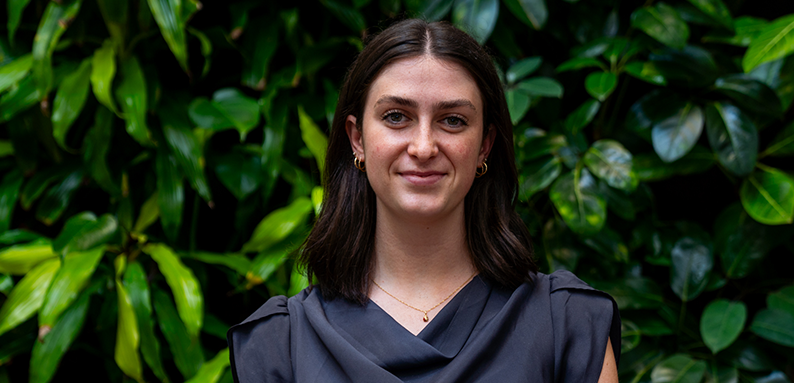Q&A with Laura Vancer

"I'm motivated by the chance to develop a solution that could be adopted by technologists and potentially improve care for many patients, especially those living in rural communities in Northern Canada."
Laura Vancer
MESc Candidate, Biomedical Engineering
What project are you working on?
My research focuses on improving access to high-quality wrist x-rays across Canada, particularly in underserved Northern communities. Together with a large team of healthcare professionals, my lab has developed a 3D-printed wrist positioning tool and training modules to support and educate technologists in capturing high-quality wrist x-rays. High-quality x-rays can help to catch injuries earlier, reduce missed diagnoses, and prevent long-term complications. Through partnerships with local community hospitals in Southern Ontario and Newfoundland and Labrador Health Services, we are testing the tool in both urban and rural environments to demonstrate its potential to improve wrist imaging across Canada.
What problem(s) are you solving?
Although healthcare is a human right, many individuals living within communities in Northern Canada face significant barriers to accessing quality care. This issue disproportionately impacts Indigenous populations who reside in Northern Canadian communities. Sparse populations result in long travel times, understaffed clinics, and limited access to specialized services. As a result, injuries often go undiagnosed or untreated, increasing the risk of complications.
This issue is especially evident with wrist x-rays. The wrist is comprised of many small bones that can easily overlap on x-ray images, obscuring injuries, and making it difficult capture clear x-ray images. In rural communities, technologists often lack specific training in wrist imaging to overcome this challenge, further increasing the chance of missed diagnoses. Without timely and accurate treatment, these injuries can progress into chronic conditions like osteoarthritis, reducing quality of life and placing additional strain on healthcare systems.
What brought you to this research?
I completed my undergraduate degree in Health Sciences with a Specialization in Health, Engineering Science, and Entrepreneurship at McMaster University where I worked on designing solutions to address a wide range of healthcare challenges. Throughout this experience, I learned my passion for designing health solutions for individuals overlooked by existing solutions. However, as with most undergraduate projects, after the courses ended these initiatives ended, and I never had the chance to see them implemented within the healthcare system. Through my current research I’m motivated by the chance to develop a solution that could be adopted by technologists and potentially improve care for many patients, especially those living in rural communities in Northern Canada.

